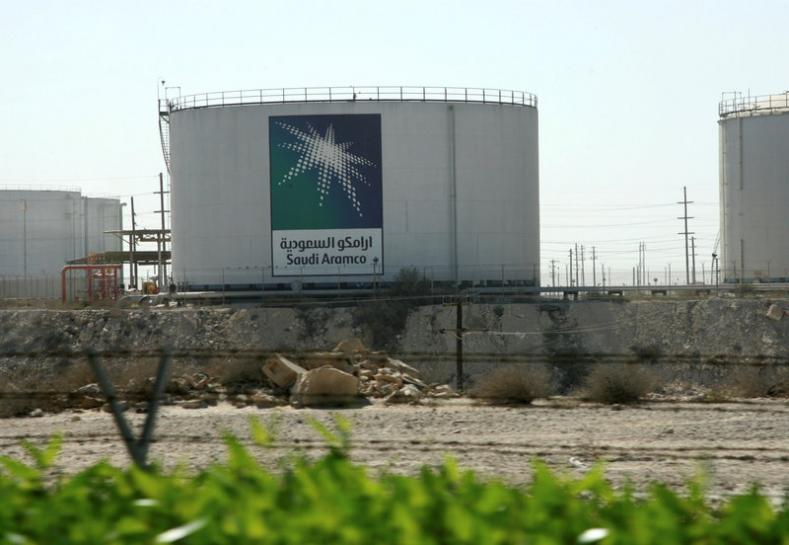Khobar-For long years, Saudi Arabia has been pioneering the crude oil market, given that it has been the biggest source of crude oil and biggest producer regarding quantity. However, this year, countries were not competing on their share of crude oil in the market, but on their share of oil products.
During the first half of 2016, exports of Saudi oil have not significantly grown compared to the same period in 2015; competition with other producers, especially Iran and Russia, has gotten stronger as Russia topped the list of exporters to China, while Iran and Iraq have expanded their exports to India.
However, while countries have used one weapon to compete, the Kingdom has been using two by profiting from its capacity in the export of oil products that enjoy similar importance to crude oil. Official data issued by the Kingdom showed that its average exports of crude oil during the first half of 2016 reached 7.52 million barrels/day compared with 7.46 million barrels/day during the same period of 2015.
Due to the increase in exports along with the increase in domestic consumption of crude oil, the average production of oil in Saudi Arabia during 2016 has shown a slight rise, reaching 10.29 million barrels/day, exceeding the past year’s average.
However, the scene differed with other oil products given that Saudi Arabia has exported around 1.42 million barrels/day, exceeding the exports of 2015 by around 50%.
With this exported quantity, Saudi Arabia has become the biggest exporter of oil products in OPEC and has overtaken China and India during H1 of 2016 in this field.
According to official Indian data, India’s imports of oil products between January and June reached an average of around 1.39 barrels/day, while China exported around 9.38 thousand barrels/day during the same period
Therefore, Saudi Arabia has kept on its export in the oil market and has compensated the income it has lost due to the drop in oil price rates.
Abdul Samad al-Awadi, the Kuwaiti analyst, tells Asharq Al-Awsat that the Saudi decision in this matter has led the country in the right direction by offering the system a high flexibility.
Aramco Company owned by the Saudi government, controls shares in refining energy that exceeds five million barrels/day in the country and abroad, which has offered it a position among the leading companies in the field of oil products worldwide.
The rise in its oil product exports has also benefitted the Kingdom by increasing its revenues during the summer season during which the domestic consumption puts pressures on the exports of crude oil.
The local demand on oil has regularly increased with the rise in domestic refineries; data showed that refineries’ consumption rose to an average of 2.49 million barrels/day by 17% compared to 2.14 million barrels/day in 2015.
But these developments that have occurred in the oil products market in Saudi Arabia have had other repercussions; the large quantities exported by Saudi Arabia and other producers to Asia have caused refining margins during Q2 to drop due to the high offer of products.
Apparently, Saudi Arabia is currently the biggest country to profit from this situation because it has become a powerful competitor in the market of oil products, while emulating all countries in the market of crude oil. This state will offer Saudi Arabia more comfort in the future when competition will become harder with Iran and Iraq, which don’t have sufficient capabilities to export oil products.
